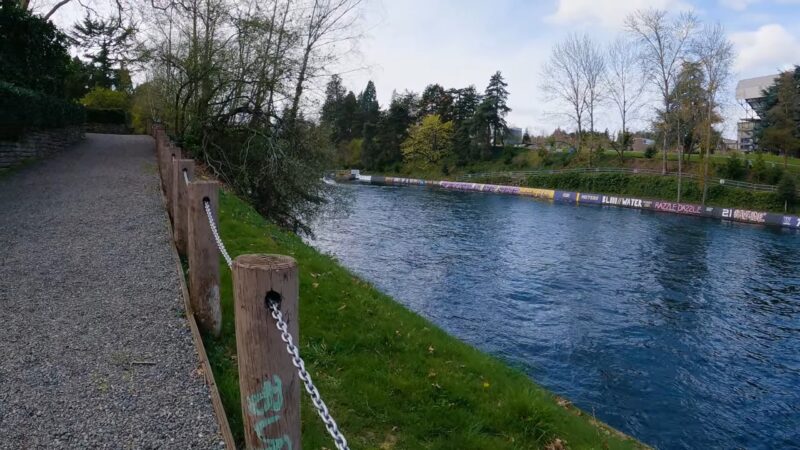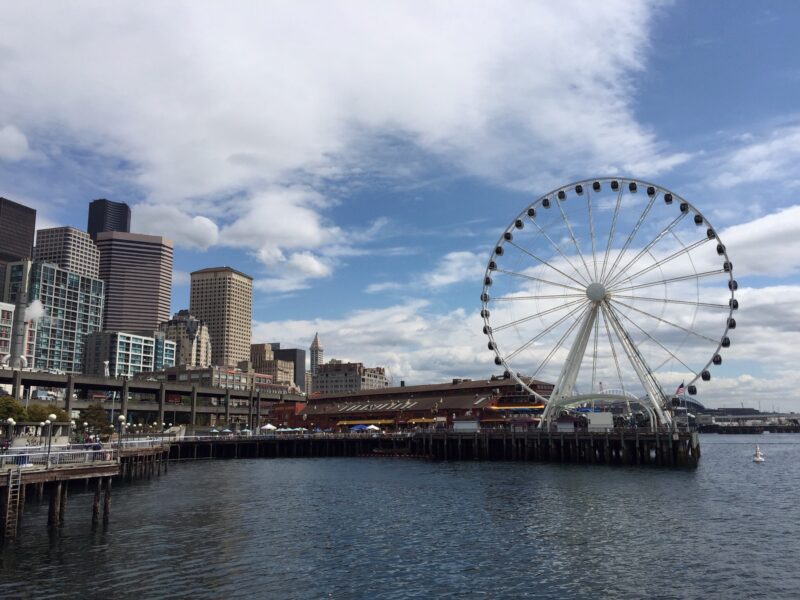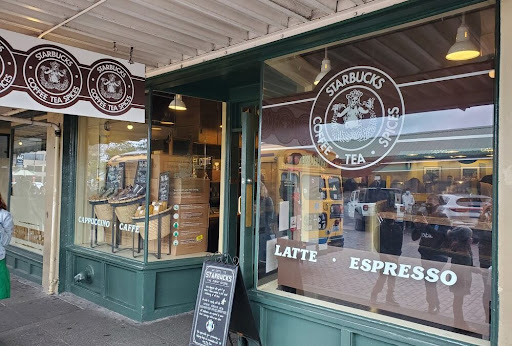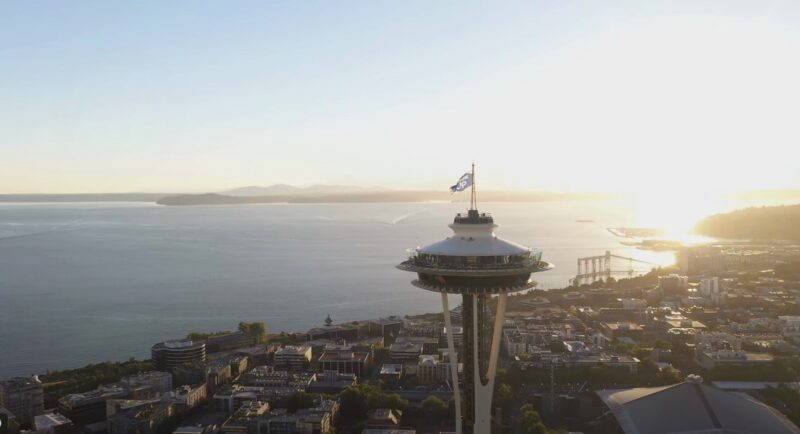Seattle is commonly referred to as the “Rainy City” due to its reputation for precipitation. However, some question if this moniker accurately represents typical weather patterns in the area. This analysis seeks to assess Seattle’s rainfall levels objectively by examining long-term meteorological data.
The Myth vs. Reality of Rainfall
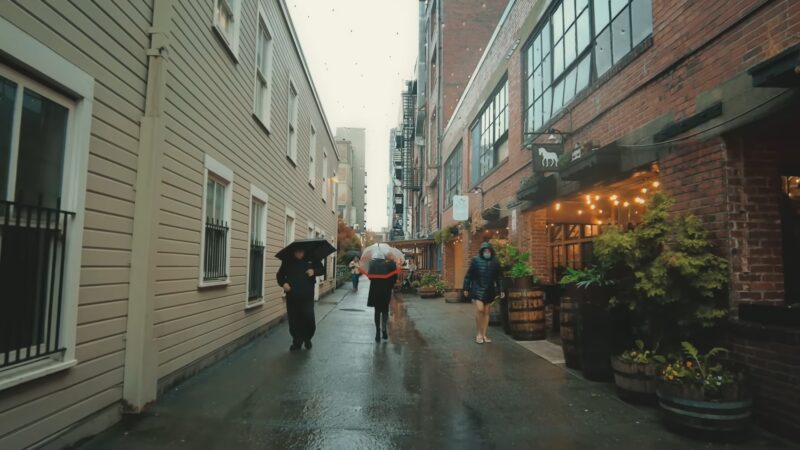
While films and TV shows love exaggerating Seattle’s glum, soggy stereotype for dramatic effect, the reality is a bit more nuanced. Sure, we certainly see our share of rainy days – 156 of them to be exact, contributing to around 39 inches annually. But compared to other major cities, our reputation outpaces the actual totals Mother Nature brings. Places like Miami, New York and Houston put our rainfall amounts to shame with their wetter climates.
And most showers here are gentle, steady drizzles more so than the dumping downpours entertainment likes to depict. Maybe the constant gray skies in movies gave folks a skewed sense of how often umbrellas are truly needed locally. The stats show we’re not as stuck under dark rain clouds as outside perceptions would imply. Of course, a misty day can still put us in an introspective mood, but less gloomy than commonly believed.
Geographical Influences on Climate
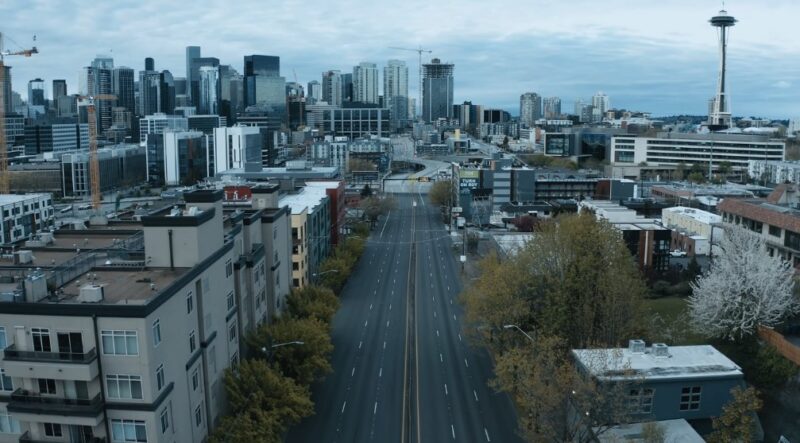
What shapes Seattle’s climate goes deeper than one might expect. The Pacific Northwest’s iconic greenery isn’t just for show – our landscape plays an active role in the atmospheric choreography overhead.
Take the Olympics and Cascades, marching mighty sentinels as rainclouds waltz eastward. Forced aloft by the rugged range, the moist maritime air’s temperature drops, making precipitation its parting gift before continuing inland. By the time what’s left floats down to us, any bite has been taken off – more sizzle than sauna in the showers we receive.
Then there’s the position we’re nestled into along Lake Washington and Puget Sound. Just as our waterways converge, so too do varying air currents glide together above. Their blend more often than not cues the sky to put on a display, unveiling wisps of overcast or a light drizzly serenade.
Comparative Analysis
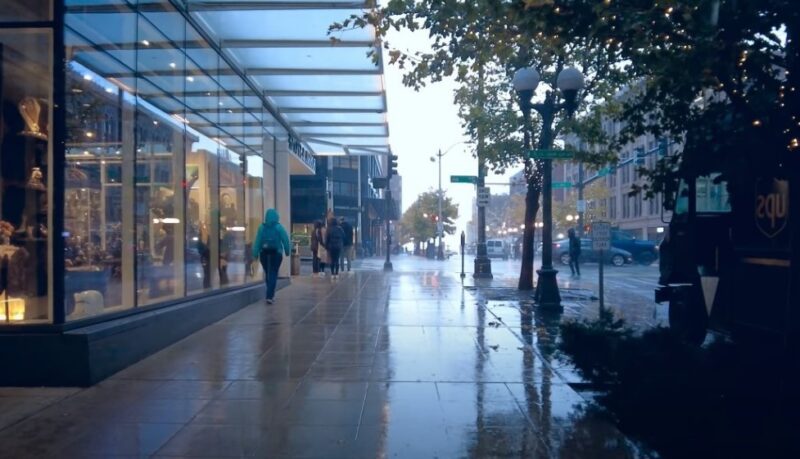
While Seattle might be known for its rain, it’s not the U.S.’s rainiest city. A closer look reveals:
- Miami: Receives about 61.9 inches of rain over 135 days.
- New Orleans: Gets around 62.7 inches across 115 days.
- New York: Experiences nearly 50 inches of rain over 120 days.
Seasonal Variations
Spring showers may bring May flowers, but around here, it’s winter that really delivers the scenic deluges. From November through January, the rain becomes more of a constant companion – a low, gray blanket that gently soaks the world. It’s cozy inside with coffee and a book by the window, watching the raindrops race down the pane. Then February brings the first teases of the sun again.
Folks find it hard to believe our sunniest time is summertime. Just ask the locals crowding their favorite watering holes in July with nary an umbrella in sight! The clouds part like curtains to bask the Emerald City in warm rays from June through August. Picnics and hiking and open-air markets – moisture is the last thing on our minds. The relentless reputation simply doesn’t line up with these lush, lively months.
Impact on Local Flora and Fauna
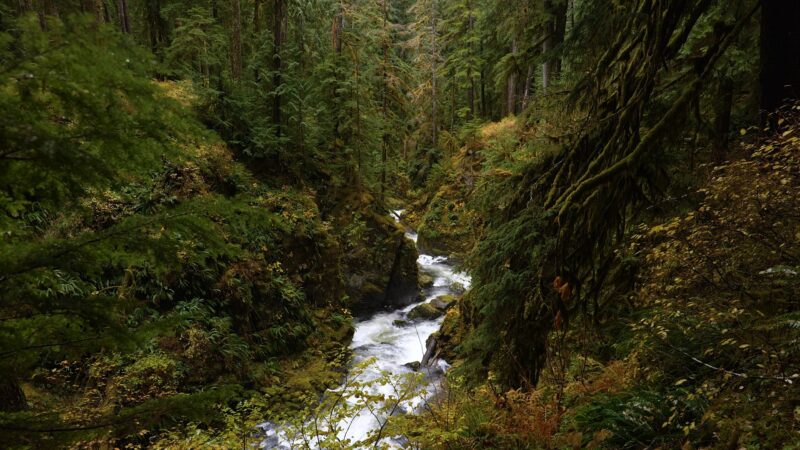
Seattle’s consistent rain has a profound impact on its ecosystem:
- Lush Greenery: The consistent moisture ensures that Seattle remains green throughout the year. From its iconic evergreen forests to manicured city parks, the city is a haven for nature lovers.
- Wildlife Adaptations: The local fauna, from salmon in its rivers to birds in its skies, have adapted to the rainy environment. For instance, the salmon population thrives during the rainy season, using increased river flows to migrate and spawn.
Rain and Seattle’s Economy
Rain has inadvertently shaped Seattle’s economy:
- Tourism: Despite its rainy reputation, or perhaps because of it, Seattle attracts tourists year-round. The misty landscapes, combined with indoor attractions like museums, coffee shops, and music venues, offer a unique experience.
- Agriculture: The consistent rain benefits the agricultural sector, especially crops like apples, cherries, and hops, which the state of Washington is famous for.
Final Words
While it’s true those trademark drips keep things cozy, turns out Mother Nature deals us a finer hand than rumors around town ever gave her credit for. Sure we’re damp now and again, yet seems folk overlooks winter woes elsewhere far outpace our own.
Just goes to show you can’t judge nature’s gifts until you see them with your own eyes. Come experience the wet wonders we call climate – find yourself charmed not drowned, with jawns to spare no’ umbrellas hoisting.
Where others cry foul, we sing nature’s praises. ‘Cause tucked between mist and majestic views lies life enhanced, not dampened, by droplets that dot our days. Our “cursed” clouds conceal richer rewards for those visiting our emerald shores, seeing our showers less sorrow, and more blessing in gray.




